The Operation Barbarossa..!
(Hitler vs Stalin)
By the early 1940s, the German dictator Adolf Hitler’s reputation had apparently started fading and the morale of his army personnel swayed back and forth dramatically as soon as they crossed the border of Soviet Russia. Both the common German people and the Nazi military forces had a most enthusiastic mental condition when the German forces conquered Czechoslovakia, Austria, Poland, Denmark, Norway, Belgium, Netherland and France respectively, but the day Hitler decided to invade Soviet Russia in 1941 – the invasion ‘Operation Barbarossa’ – was the turning point in Hitler’s fate, as well as the brutal Nazi regime.
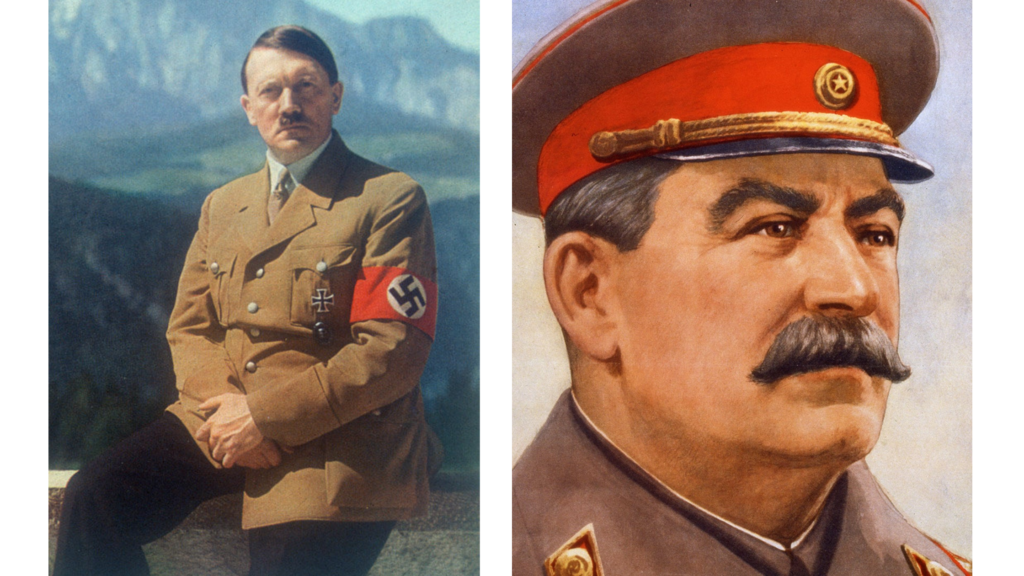
https://cdn.images.dailystar.co.uk/dynamic/33/photos/582000/1069582.jpg,https://assets.editorial.aetnd.com/uploads/2009/11/joseph-stalin-gettyimages-464426375.jpg
The same mistake.
At the beginning of Operation Barbarossa, Hitler said ‘Now, we are going to fight with our real enemy!’ Then more than 3.5 million German soldiers marched to cross the Russian border with nearly 4000 armed tanks and over 2.500 air crafts. They were advancing on 2,000 kilometers expanding from the Baltic to the Black sea. They had been opening the most decisive theatre of the war in Europe, the war in which 5 million German (axis soldiers) made a one-way journey, but never returning to Germany again.
Even Though Hitler and his incircle generals did research on ‘Napoleon’s failed invasion of Russia’, and the German high command began to develop a special strategy to avoid repeating those mistakes, the Russian ‘Red Army’ still managed to teach an unforgettable lesson to the Nazi forces within the Soviet Russian territory.
Hitler’s main strategy was to capture regions of Russia step by step rather than attacking the main cities. According to that idea, he ordered three separate army divisions to capture specific regions in hopes of attaining main resources like oil and minerals, then aiming for the cities. He hinted that grabbing oil resources would cause severe shortages of oil supply to the Russian military. The divisions were Army group North, Army group Centre and the Army group South. The army group North was assigned to march through the Baltic, then into North Russia, Latvia, Estonia and finally take Leningrad – or destroy it completely with all people there.
Main three targets.
Army group South had been assigned to attack Ukraine then march forward. Army group Centre’s objective was Minsk, Smolensk and then march to Moscow. According to Hitler’s order, these three main divisions had to achieve their targets within approximately ten weeks. That meant that these three Nazi divisions would have to destroy Russia and hold it under Nazi control within less than 3 months.
For the first couple of weeks, German forces actually achieved huge victories and fully controlled some of the most important areas of Soviet Russia, including part of Ukraine. Of course, Hitler’s aims were to capture the oil resources of Russia, repopulate the German people in Russian territories, and to use the Russian soldiers and other normal Russian people as slave Labour forces. As to achieve these targets, German forces captured 5.00.000 Russian red army soldiers alive but Hitler ordered them to die by way of starvation. So the German Generals passed the orders to not to shoot them, but to deliberately starve them to death.
Mein Kampf.
Actually, when Hitler was in jail in the early 1920s, he wrote his autobiography ‘Mein Kampf’. Anyone who read this book would realise how much he hated Communism and Bolshevism. He always attempted to say that Jews are ‘sub-human’ and they should not be accommodated in Europe. He firmly believed that Communism was an idea of Jews, and Jews were trying to become dictators in Europe by spreading Communism. In a situation where many of the leaders and theoreticians of Communism and Bolshevisim were Jews – such as Karl Marx, Rosa Luxemburg, Julius Martov, Alexander Parvus, Grigory Zinoviev, Lev Kamenev, Karl Radek, and Leon Trotsky – Hitler convinced the German people that the problem of Jews should be addressed in a severe measure to eradicate Communism in Europe, which is why Hitler wanted to invade Russia before England.
the first day of the operation.
The first day of the invasion of Russia, the German Nazi Forces were able to gun-down 1489 of Russian military aircrafts, and in total for the first week of the invasion, the German Air Force (Luftwaffe) and the German Army destroyed 3100 aircrafts of the Russian Air force. But the minister of Aviation and commander-in-chief of the German Air Force Hermann Goring did not believe the reports and he directly ordered to check whether they are correct or not before informing Hitler.
When the high rank officers of German air force examined the case they proved that over 2000 Russian aircrafts had been destroyed on the very first day of the operation but only 78 German aircrafts were destroyed by the Red Army the same day. Until the end of the invasion, the German Air Force overwhelmed all power of aviation over the battlefield. This acquired air power gave German Forces the ability to continue the invasion successfully, having less military damages than the Soviet Red Army.
Counterattacks.
From the Northwestern Front the Red Army launched very powerful counterattacks several times, but those attempts were not enough to stop the marching, which was getting closer and closer to Leningrad.
The Southwestern Front was where the largest Soviet Red Army had horrific battlefield fights with German Forces. The German used their 1st Panzer group (Armortek tanks) with a number of army units. (For the Russian invasion, German developed a numerous war tank such as ‘Tiger tanks’ against the Russian T-34 Tanks)

Stalingrad.
However, the main target of the German Army eventually became the capture of Moscow and Stalingrad. Moscow was the capital of Russia and Leningrad was the second largest city and the main industrial area. The other main target was Stalingrad. Hitler was personally envious of the name of Stalingrad. Once Hitler came to power from 1933, he intended to make the largest city in Europe the capital of Germany, and to name it after himself. In 1940 he ordered his personal architect, Albert Speer, to examine all European main cities and design the best capital city for the German. When Russia named a city after Stalin, he wanted to destroy it as soon as he could.
At the beginning of Operation Barbarossa, he sent out his order to the German Army group saying, “Hitler has decided to erase the city of Stalingrad from the face of the earth”, and he ordered them to surround Stalingrad and wait for the citizens to starve to death. But this dream of Hitler’s never came through.
Siege of Stalingrad.
The German Army group Eastern Front was assigned to capture the city of Stalingrad, and their plan was to encircle the city and cut off all food and water supplies in the winter, until over 3 million people starve to death. Leningrad was the second largest industrial city, harbouring more than 600 factories at that time. Hitler assumed the city would only last a few weeks without food and water supply because the temperature was minus 20 to 40, but valiant citizens held it out for nearly 900 days throughout the severe hardships.
During the siege of Stalingrad, the German Air Force dropped 1000 tons of high explosives and thousands bombs into the city. They killed more than 40,000 civilians and injured 150,000 people from the bombs. The Red Army couldn’t break through the surrounding Germans until the end of 1943. By the time Red Army arrived inside the city, the siege of Stalingrad had killed almost one million civilians. 400.000 were children under 14 years old. Hitler couldn’t achieve his target.
Moscow as a main target.
Moscow was one of the main objectives of the German Forces. In August of 1941, Germany captured the town of Smolensk, a very strategically important stronghold on the road to Moscow. But instead of invading Moscow, Hitler wanted to send the troops to after the areas of Kev and Ukraine because Hitler believed that the best idea to defeat the Soviet Union – to grab the oil resources and the economically important areas.
Most of the German high Commanders steadily believed that capturing Moscow would be the most important step to damaging the Red Army and their morale, but they had to obey the orders of Hitler. They successfully attacked Ukraine, and 660,000 Red Army personnel lost to the Russian Army. After that, Hitler ordered to march to Moscow at the end of Summer on 2nd of October 1941.
Two million German soldiers marched to Moscow with 1,000 tanks and 4,000 guns. But the German Army were very fatigued after a series of battles in Ukraine. By the time they began the march to Moscow, the German Forces already lost 1,603 aircrafts and 1,028 damaged. Only 549 serviceable machines were available. The other main obstacle was the Red Army’s raised strength, by deploying new force divisions to guard Moscow. The heavy fighting occurred all the way to Moscow.
Huge lost for Red Army.
In the city of Vyazma, the German Army surroundrd the Red Army divisions of 19th, 20th, 24th, and 32nd. They continued to fight but suffered a huge loss. Near Bryansk, the Red Army resistance’s was less than Vyazma, which was a bad signal to the Soviet authority to defend Moscow. According to German assessments of the initial Soviet defeat, 673,000 Red Army soldiers had been captured by Germany in both Vyazma and Bryansk areas. Soviet authority calculated the losses as 499,001 permanent and temporary soldiers. Hitler and the German high authority thrilled by the Red Army losses.
`
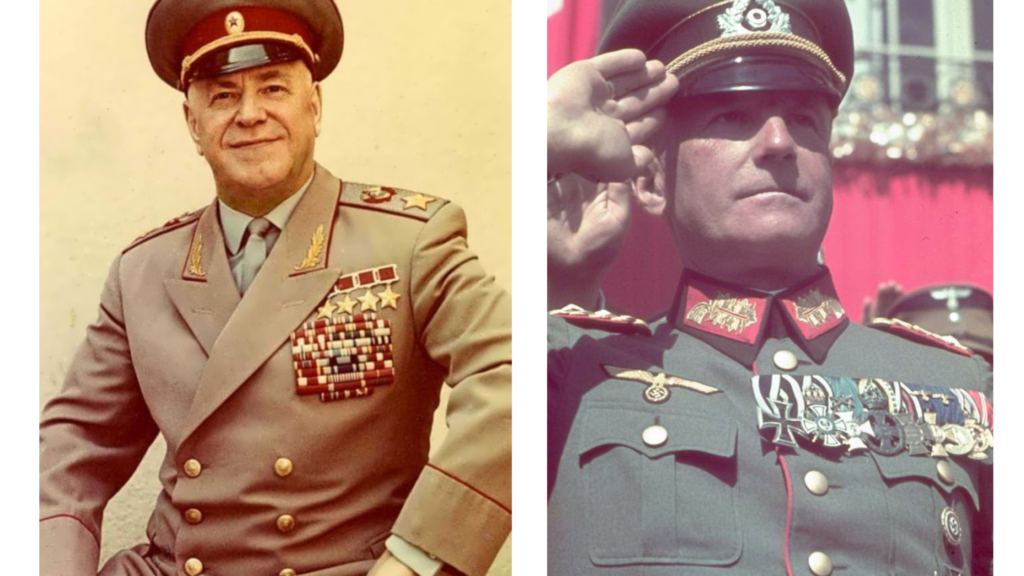
above images sources_https://th.bing.com/th/id/R.1749e06948ea97ce212cb7476ba04ab6?rik=jadbMF8V8Yh1Mw&riu=http%3a%2f%2fbeautifulrus.com%2fwp-content%2fuploads%2f2015%2f12%2fGeorgy-Zhukov-1.jpeg&ehk=A16ECFEWyZvYun1qmrifn5YCKg4q68O7n3LKZKO3Tqk%3d&risl=&pid=ImgRaw&r=0, https://3.bp.blogspot.com/-ZzFbUvudcLo/W8pDXo3Ba3I/AAAAAAABv9E/7RKOX3i3cowOyO7qiwAA0PubT4BvjuseACLcBGAs/s1600/1%2Bcolor%2BWalther%2Bvon%2BBrauchitsch%2Bon%2BReichs%2BVeterans%2BDay.jpg
Winter Fall.
German authority addressed the foreign correspondents that the collapse of all Soviet resistance was only hours away. On the 15th of October Stalin ordered the evacuation of all of communist party general staff and many civil officers from Moscow to Kuibyshev (Samara). People of Moscow were in panic and tried to flee as soon as possible but Stalin publicly remained in Moscow for the forces. While all of this happening was favourable to the German Forces, one decisive thing started to happen in favour of the Red Army. The winter snowfall started on the 7th of October.
By late October, The German Forces were worn out without the functioning of their motor vehicles and their high-power military equipment. The German offensive forces slowly step by step had reached the town of Khimki, which is 18 Km away from the Kremlin in the centre of Moscow. They were the German army units which came closest to Moscow and they reported to Hitler that they could see the top of the Kremlin using binoculars. German Forces were not ready for winter. Their duty was to finish within 10 weeks, just before the winter started.
1941 winter was the most severe winter in Europe in 50 years or so. In some areas the temperature dropped down from minus 20 to minus 40. They could not stop the engines of any vehicles or they would freeze. The German soldiers’ army gear were not warm enough for such a heavy winter. All air supplies had to stop because of the bad weather. The roads became mud and snow pools which slowed German Forces down significantly. Especially, their tiger tanks wheels and belts were not wider than Soviet t-34 tanks.
The peoples’ Morales.
The Red Army was very well-prepared for the winter and how they could get the advantage from it. Stalin ordered General Zhukov to take over the head of the Moscow front and he arrived in Moscow from the Leningrad front. He was one of the most experienced generals in the Red Army and later became the Army chief and a politburo member of the communist party. According to General Zhukov, 250,000 women and teenagers worked to save Moscow by building trenches and anti-tanks moats around Moscow. Moscow factories were converted to military tasks. A clock factory came in to make detonators, chocolate factories shifted to food production for the front, automobile repair stations worked fixing damaged tanks and military vehicles. To boost civilians’ morale, Stalin ordered the traditional military parade on 7th November in Red Square. The soviet troops paraded past the Kremlin and then marched directly to the front.
By 15 November 1941, the ground had finally frozen. Then from the 2nd week of December, the German Forces were not in a position to defend their current location and had to withdraw, even without permission from Hitler. Hitler was furious at the decision they made to withdraw the forces. He dismissed three generals for doing so and later on 25th December, he dismissed the overall Army chief of the German Army in Barbarossa, field marshal Walther von Brauchitsch.
German army’s fate
Then Hitler powered himself as the commander in charge of the battle of Barbarossa from 25th of December. He started to order the generals directly and always ordered the go ahead to finish their duty, whatever the circumstances were of the battlefield. After the advantage winter gave them, the Red Army was gaining more and more strength, and their offensive attacks became more decisive for the German Army. Hitler’s idea of capturing Moscow was fading step by step by 1942 January.
At the end of October 1943, German Army Centre division was repulsed from the area of Moscow, and then the war was directed to the West parts of Soviet Russia , but the German Army couldn’t achieve the domination of any main city or particular areas as they were supposed to. The war was nearly over in around 1944, as it was getting more and more advantageous for the Red Army. Finally, instead of going deeper into Soviet Russia, the Red Army chased the German Forces back to Berlin city of Germany. Field Marshal Zhukov was the commander of the war against Berlin too and by 1945 May, the German Forces surrendered to the Red Army, as soon as Hitler committed suicide.
Underestimation of Red Army.
The high-ranking generals in the German Army were surprised at the way in which the Red Army faced the invading German Army in Russia. The German authority reported to Hitler that the Red Army was totally different from how they fought in the 1918 World War 1. Even later in 1941, Hitler had told his close allies that he should not have invaded Russia while underestimating the Red Army’s strength. Even lower-ranking German soldiers also astonished by the morale of the Red Army.
The Red Army filled with fully trained soldiers like the Germans. Most of the Red Army soldiers were workers. Lots of them came to the battlefield with their workers’ clothing. They made as many traps and trenches as much as they could to slow down the German Army’s marching to the centre of Russia. From 6-7 year old children to 65-70 year old elders, anyone helped the Red Army in every possible way to gun down the enemy.
Every Red Army small group had a commissar of communist party. He or she had the equal power of the group leader. Hitler personally ordered his generals to kill all commissars as soon as they captured them, before the others. Therefore, the German Army firstly killed as many commissars as they could. Hitler believed that the Red Army morale only continued because of Bolshevism. Those commissars brought Bolshevik ideas to the soldiers of the Red Army, Hitler believed. Actually, this was true, and the commissars of the Red Army did more important things to connect the army with Bolshevik ideas. Most of the peasants and workers in the battlefield were Bolshevik and never gave up the idea of defeating the enemy. They really understood that the only chance to save Bolshevism and the country was to defeat the enemy.
Conclusion.
In Operation Barbarossa, Russian officials listed the names of roughly 14 million dead or missing Red Army soldiers, and while other historians say the amount is way too high, politicians and journalists say that the Red Army soldiers and the normal civilians had more than 40 million dead or missing in the war. Stalingrad was a nightmare for the German soldiers after they were trapped there. Russia recovered 2,50,000 German and Rumanian soldiers dead. But it is believed that more than 8,00,000 Germans, Rumanians, Hungarians and Italians were killed or pronounced missing in the Stalingrad trap. In total, the Red Army captured more than 3 million Nazi soldiers in Barbarossa. In truth, Operation Barbarossa was the turning point in Hitler’s fate. Even though Hitler wanted to rid Bolshevism from Earth. it backfired against him. Eventually Nazism was largely eradicated from Europe and Earth as a whole.

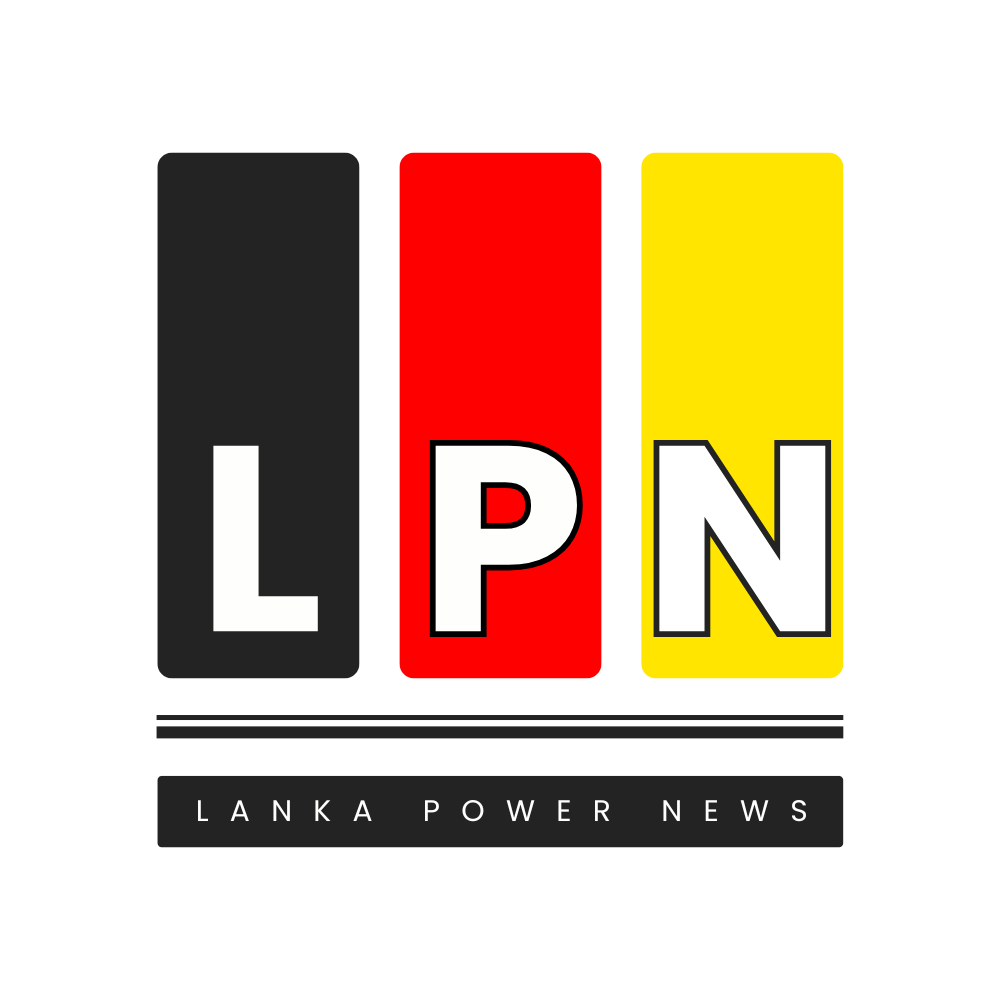
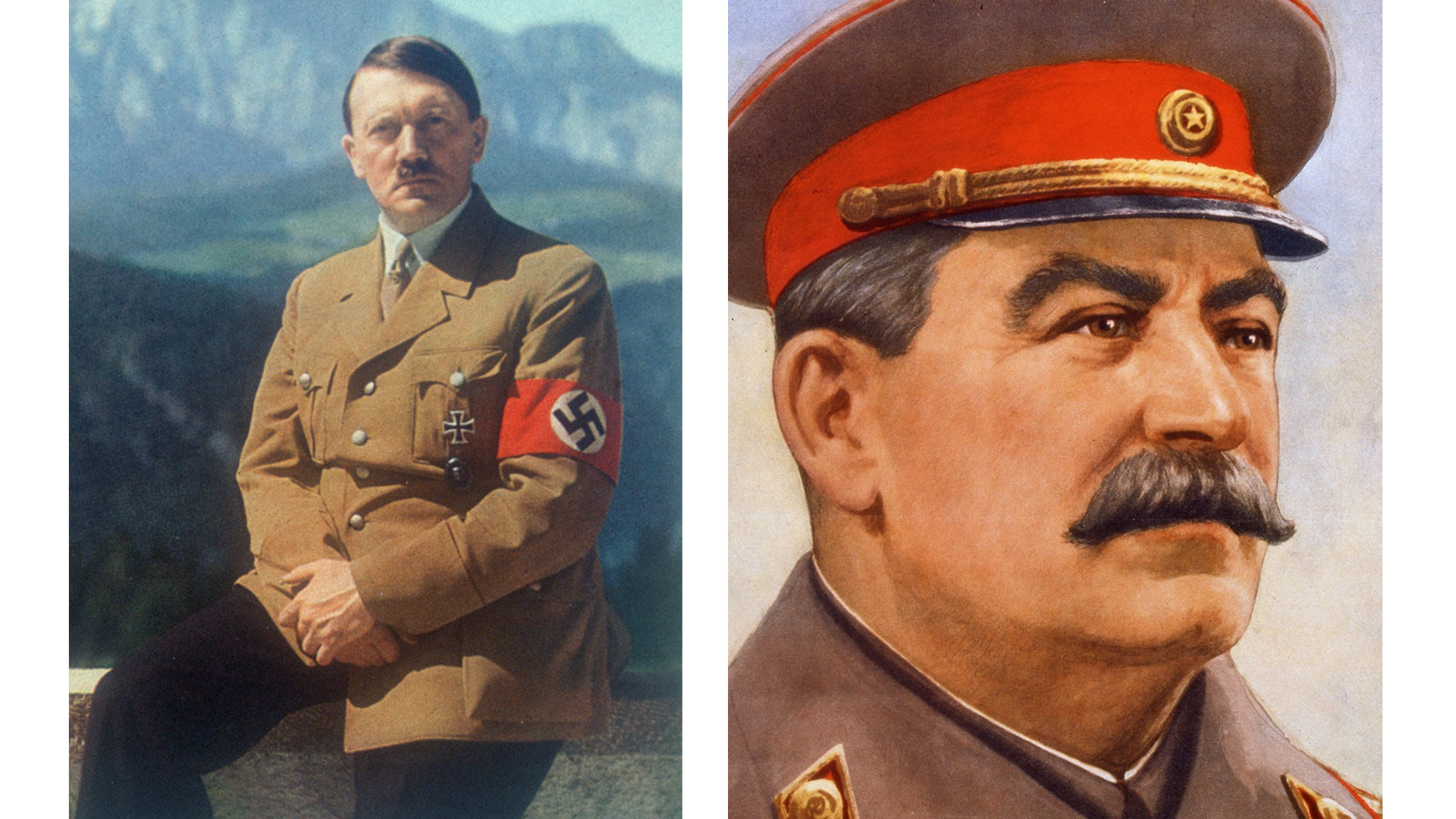
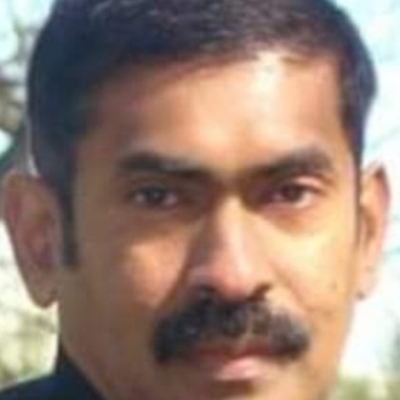

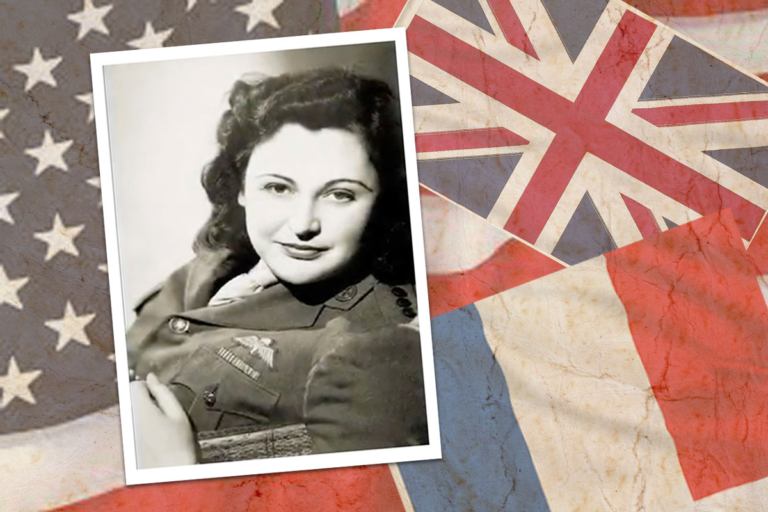

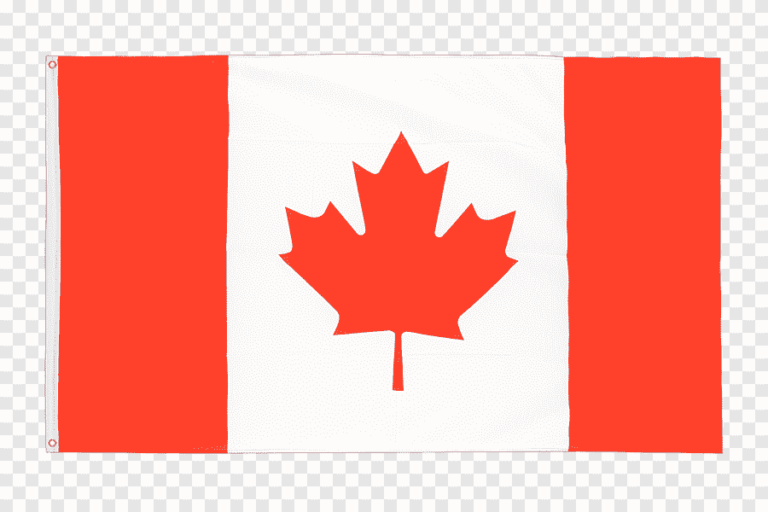

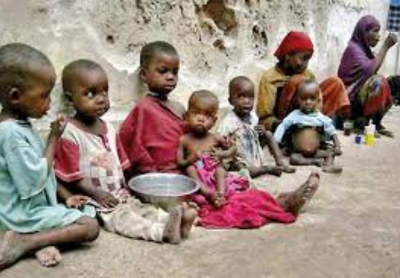
4 Comments